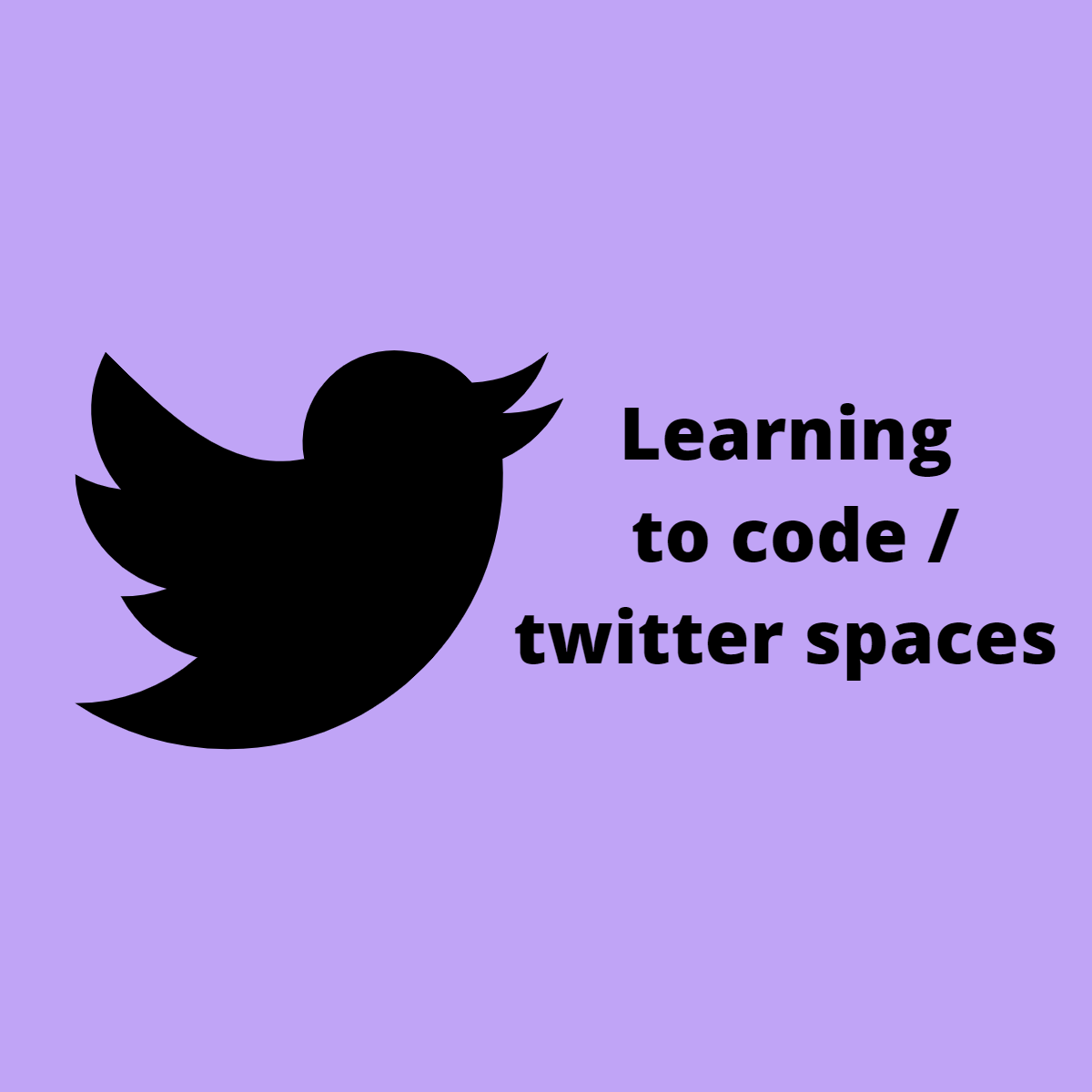
At the weekend I went to a twitter space on Content Creation Strategy hosted by Eddie Jaoude, with Emma Wain, Emma Dawson, Naomi Carrigan, Simon Høiberg, Pradumna Saraf, Rizèl Scarlett, @dev_hopefuture and @vyvy_vim .
It was my first twitter space, and very useful to get some tips on how to use the platform.
I started posting on LinkedIn in March, and only started writing on twitter in the last couple of weeks. I struggle to edit my posts down to 3000 characters for LinkedIn, so getting down to 280 is even trickier!
What is a Twitter Space?
A twitter space is basically a live-streamed audio panel available on android and iOS. When someone you follow goes live in a twitter space, it appears in purple bubbles at the top of your Twitter timeline. There can be up to 13 speakers in a space, and the host can switch people in the audience to become speakers.
During the event I managed to ask a question, overcoming an embarrassing technical glitch where I accidentally interrupted another speaker!
Several of the speakers had managed to build up their following on social media while learning to code.I asked about how to balance creating content at the same time as learning to code, as both take time and energy! They had some great tips:
- Do #100daysofcode - tweet daily updates about learning to code. This helps with motivation, accountability, and structure.
- Learn in public - post updates about different aspects of what you’re learning / what interests you, it’s really useful to be able to ask questions in safe spaces (it’s quite quick to find these once you start)
- Join tech communities aligned with the topics you’re learning about
- Sharing content helps with remembering things - you have a reference of everything on your timeline
- Formulating content to share in public helps with learning
- Don’t put too much pressure on yourself and take breaks, it’s easy to get overwhelmed with the constant stream of content.
I had already started doing 100 Days of Code on twitter - it’s really handy if you don’t have many followers: the tweets are more likely to be seen, and you can engage with others who are doing the same.
There were also key points for content creation in general, and the speakers had different approaches on some:
- Pros & cons of sharing personal content and how to manage a balance - some speakers had a separate professional account, and others just used their original socials.
- Dealing with imposter syndrome - if someone is struggling to get started, it’s good to focus on just posting, and can focus on improving quality over time.
- Content that’s more general can get shared more, but focused content is more likely to engage followers, and bring in followers who add value.
- Feedhive is a useful analytics and scheduling tool for twitter & has a heatmap showing when your followers are most active
I would recommend twitter spaces as a way for getting involved with communities on twitter. After the first event I went to, I saw how easy it was to join / leave the events when they came up. The next step will be to host one!